Energy transition creates a major skills challenge. Amanda McCulloch, chief executive of Aberdeen firm TMM Recruitment, says there may be a “juggling act” ahead.
The industry that has been the economic backbone of the north-east for the past five decades is changing.
The beginnings of the transition from a fossil-reliant energy sector into one with its eyes firmly focused on a future in renewables didn’t happen overnight – it just seems like it.
As we emerge from the pandemic and events of the past few years, and also taking into account the crisis in Ukraine and the impact it has on energy supply and security, energy transition and the move towards net-zero is now very much centre-stage.
Over the next decade we will see a significant shift in the balance of the offshore energy workforce. According to Making the Switch, the recently published report by Robert Gordon University, about 90% of the regions’ offshore energy workforce worked in oil and gas in 2021, with the remaining 10% supporting wind, hydrogen, and carbon transportation and storage activities. By 2030 the scales will have tipped, with a projected 60% supporting renewables.
Many members of the workforce already have easily transferrable skills which can take them from one sector to another. There are also many companies working across both sectors, switching the focus of their core activities to place a foot firmly in each camp.
Scale of opportunity ‘immense’
There is a groundswell of interest from people who want to make that transition. Many job candidates we speak to – people who have worked in the oil and gas sector over many years – are keen to hear more about energy transition, recognising the importance of being part of the region’s evolution and ambition to become the net-zero capital of Europe.
The scale of opportunity as we move through the transition, including the exponential growth of offshore wind, for example, is immense. Supporting that opportunity and ambition requires a skilled and talented workforce.
The main challenge for many people is understanding how they can make sure they are part of this transition. It’s vital the requisite training and development is in place to support them and to develop that workforce. But while getting that workforce is .one thing, retaining it is another.
The importance of strong leadership through the transition cannot be overestimated and this links directly to retention. Companies can’t assume people will stick with them – there are few jobs for life these days – and they must be proactive in making sure they are creating conditions that favour them over competitors. They also need to make sure they deliver for their employees – and that isn’t always about the money.
Recent figures from people analytics company Visier show more than 53% of UK jobseekers are looking to move because of poor or ineffective management, with employees citing being shouted at or not listened to as the biggest bugbears driving them to reconsider their positions. This emphasises the criticality of company culture, an increased focus for many jobseekers. If that culture doesn’t match employees’ expectations, don’t expect them to stay.
Filling jobs – get it right first time
Effective onboarding to mitigate the chances of that happening is critical. It’s also vital to have processes in place to make sure the right people for the job are being recruited first time around. Psychometric testing for example, is now widely recognised as a recruitment tool which can help gauge a candidate’s suitability, not just for a specific role but also for a particular company.
It is also important to recognise that for certain roles the need for upskilling or reskilling may be much more urgent. Having access to suitable training and an understanding of how existing skills can be transitioned are, therefore, important.
How many times do we see technically proficient individuals being promoted into roles they have neither the skills or desire for; swopped out from doing what they’re good at into a position of leading a team or business they are ill-equipped for and don’t enjoy.
How we support people in this situation must be a priority – offering leadership coaching to provide them with the right skills for their new role, or helping them upskill to meet its new challenges.
This period of industry transition is a time when training and leadership development will be crucial so that employees understand how they can continue to advance their career into more senior positions, but also how they can make those lateral moves or cross-sector shifts.
The balance between continuing to attract and nurture a workforce for our long-established and still vital oil and gas sector against the needs of a fast-developing renewables sector could be a bit of a juggling act.
Oil and gas ‘will be with us for many years to come’
But we cannot lose sight of the fact the oil and gas industry will be with us for many years to come. It is essential we continue to maintain that workplace, supporting and developing people with the skills – existing and new – that will be needed to sustain it as it moves towards transition.
It’s a sector that has had its challenges in recent years. The “Great Resignation” which saw many of the industry’s older, experienced workers bow out early in light of the double hex of an industry downturn and global pandemic affected many businesses.
That loss of experience hasn’t been helped by the oil and gas sector losing its glow as a career choice; the wealth of opportunities it continues to present for a long-term, rewarding career with excellent advancement prospects tarnished by the less-than-favourable perception held by the next generation workforce.
There is little doubt that selling a career in oil and gas as opposed to renewables will not be an easy sell. It’s seen as dirty and very unfashionable, but with production continuing to rise, and a substantial increase in decommissioning and plugging and abandonment campaigns over the coming years, it is still very much an industry with a career future.
According to Anita Martin, human resources manager at decommissioning specialist Well-Safe Solutions, “decom” is increasingly seen as an integral part of the energy transition.
Ms Martin added: “The scale and longevity of work scopes in decommissioning are substantial, both within the UK and internationally, opening up fantastic career opportunities for all, with many skills of traditional oil and gas employees being wholly transferrable.
“Promoting opportunities in decommissioning to existing oil and gas employees as well as young people about to start their careers is key to being able to deliver the work scopes of the future, changing the narrative and perception of oil and gas and focusing much more on the energy sector and all it has to offer.
We have worked hard to recruit good people and want them to stay.”
Anita Martin, HR manager, Well-Safe Solutions.
“Because of the scale and longevity of the work ahead in decommissioning, we have worked hard to recruit good people and want them to stay. We have introduced career mapping for all employees, both on and offshore, closely managing employees’ aspirations. Such mapping helps to manage people’s readiness for progression and is used as a key tool to promote from within whenever possible. As a growing organisation, it has served us well and reinforces our commitment to our people.”
Ms Martin also recognises the importance of onboarding, and investing time and effort into building a feeling of inclusiveness long before a new employee even starts their job.
She said: “Companies must not underestimate the significance of being prepared and welcoming for new employees, especially in a thriving employment market where opportunities are plenty and heads can be more easily turned.”
To address potential shortages across both oil & gas and renewables, the industry must place much greater emphasis on policies which support and encourage diversity and inclusion. The importance and benefits of having a diverse workforce are well-documented. While I am seeing this feature higher on the agendas of many businesses, it is important policies translate into meaningful actions and targets in order to unlock a wider talent pool.
As our energy sector begins to undergo metamorphosis, the importance of transferrable skills is high on everyone’s radar and rightly so.
But that doesn’t negate the need for upskilling and this applies to all of us, irrespective of the sector we work in or the type of work we do. Upskilling not only shines a spotlight on individual skillsets, but also highlights the importance of understanding trends in your sector and how you are responding to them.
Industry must place much greater emphasis on policies which support and encourage diversity and inclusion.”
One of the lessons to be learned during the pandemic was how we can turn our enforced incarceration in our own homes to our advantage, and that translates into the realisation of how much can be done remotely, sitting in front of a computer screen. It’s an approach largely accepted by both employees and employers, and this ability to learn remotely has opened the doors to greater opportunities to upskill.
Transferable skills are important, but the best way we can all future-proof our careers to make sure they are relevant in this fast-paced and ever-changing marketplace is to look at how we can upskill – irrespective of where we work.
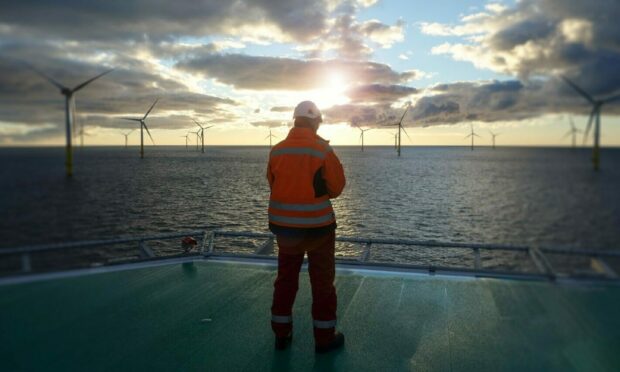

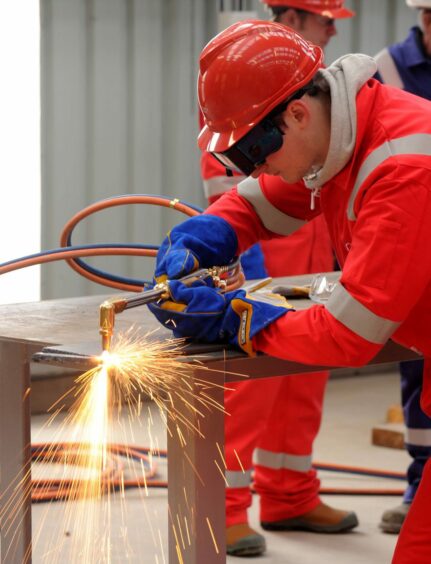

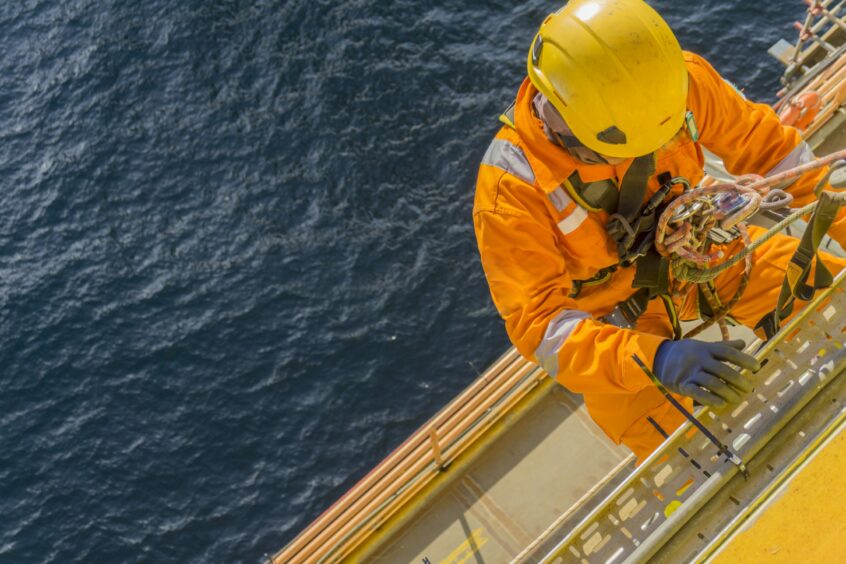
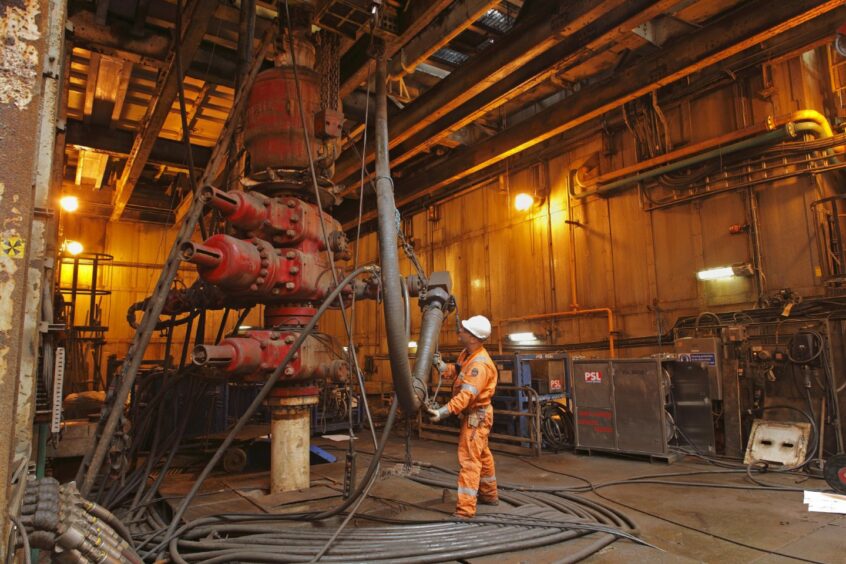

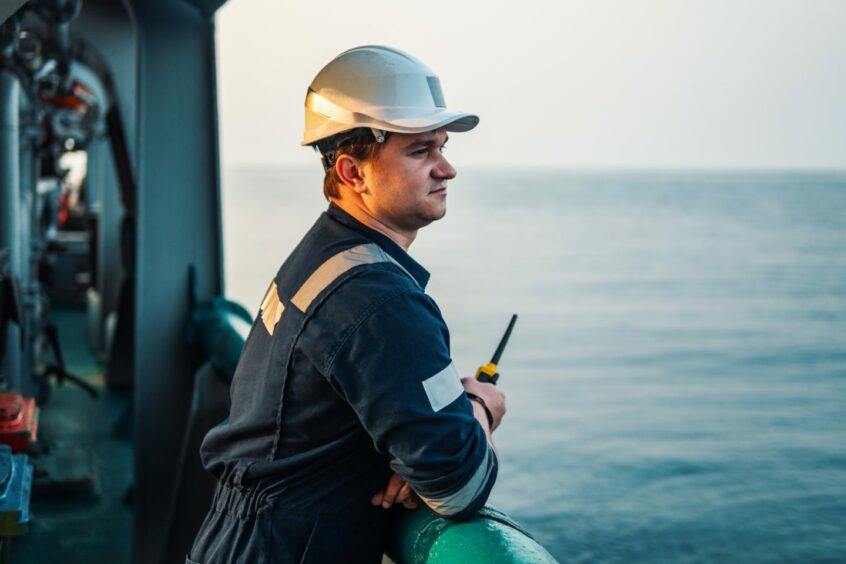
Conversation